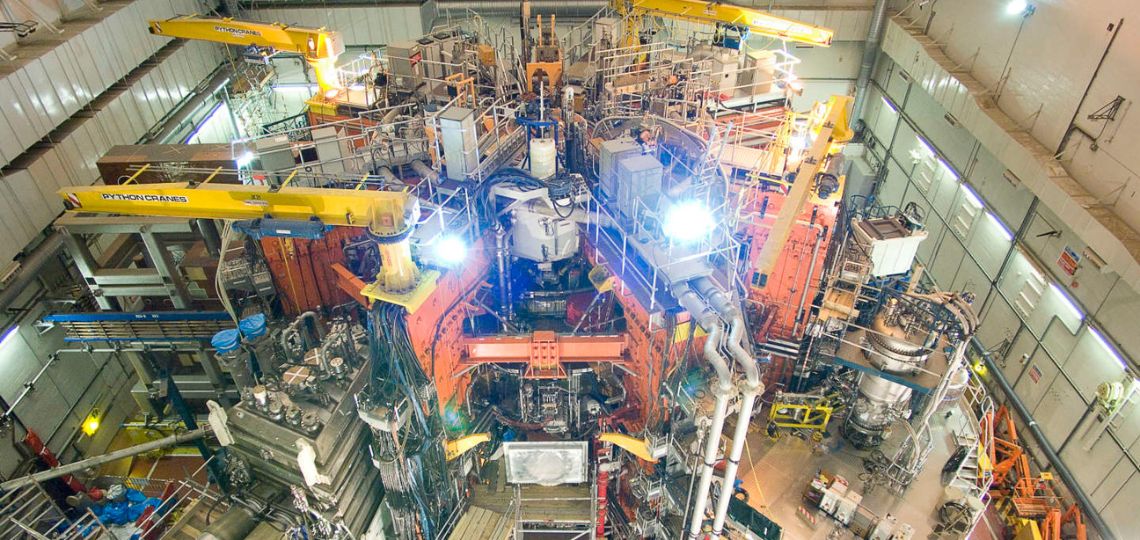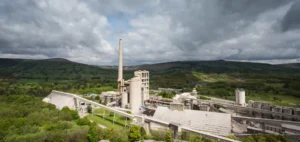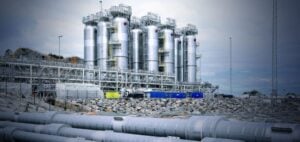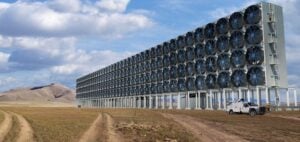Nuclear fusion is booming as the British unveil their new plasma heat diverter. Super-X removes the heat emitted during the fusion process, accelerating the development of nuclear fusion energy.
Nuclear fusion: the new Super-X deflector
TheUK Atomic Energy Authority (UKAEA) has just developed a system for removing the excessive heat produced by nuclear fusion reactions. The Super-X diverter directs hot plasma particles outwards from the reactor (or tokamak). The tokamak will therefore be fitted with a longer exhaust pipe, just like a car.

The problem of heat emitted by the plasma state
Although fusion occurs naturally in stars, it is difficult to reproduce on Earth. A reactor has to heat atoms to hundreds of thousands of degrees to extract electrons. The latter are in a plasma state, contained in a magnetic field whose nuclei fuse together to produce a large amount of energy.
However, this intense heat damages the materials in the reactors (or tokamak) used for fusion. For the time being, therefore, it is not possible to integrate tokamaks into power grids. As its materials have to be changed regularly, the operation of power plants would be affected.
Super-X withstands intense heat
The Super-X, which is a world first, makes fusion power plants more resistant to the intense heat of the nuclear reaction. The first tests on this system were carried out in October 2020 as part of the MAST Upgrade experiment at Culham, home to the Joint European Torus tokamak .
Reduce heat by 10
According to the experiments carried out, this technology would even reduce the heat on the tokamak materials by at least 10 times. Dr Andrew Kirk, UKAEA Senior Scientist in charge of the MAST Upgrade project, told Science Focus:
“Super-X reduces exhaust system heat from a blowtorch level to that of a car engine. This could mean that it only needs to be replaced once in the lifetime of a power plant.”

Preserving materials and saving money
With this system, tokamak components could last much longer. A situation that would considerably improve the economic viability of commercial fusion power plants and reduce the cost of electricity. This would promote and accelerate the deployment of large-scale fusion.
An opportunity for Britain’s future nuclear fusion power plant
This new technology represents a major opportunity for England. In December 2020, the country announced the construction of its first nuclear fusion power plant. It will be connected to the power grid and should be generating electricity by 2040.
This spherical tokamak for STEP power generation is also under UKAEA supervision. According to Ian Chapman of the UKAEA for Trust my Science, construction is due to start in 2030. Funding of £2 billion would be required.
Technology for spherical tokamaks
British engineers will therefore be able to use the Super-X diverter to develop the STEP device. This new technology is particularly well suited to the spherical tokamak. Professor Ian Chapman, Chief Executive of the UKAEA told Science Focus:
“Without these results, we wouldn’t have been able to pursue the design of a compact machine. If you can’t remove heat, you can’t build such a power plant. So this is an essential result.”
With this new technology, British scientists have lifted one of the major challenges facing fusion. The country is thus one step closer to the large-scale deployment of nuclear fusion power plants. On May 26, British astronaut Tim Peake will perform a plasma test on the machine.
Emission-free, waste-free energy
Experts agree that nuclear fusion could be part of the world’s future energy supply. With no CO2 emissions and no long-lived radioactive waste, this energy is considered clean. It’s also a safer form of energy, thanks to the abundance of fusion fuels: deuterium and tritium.





















